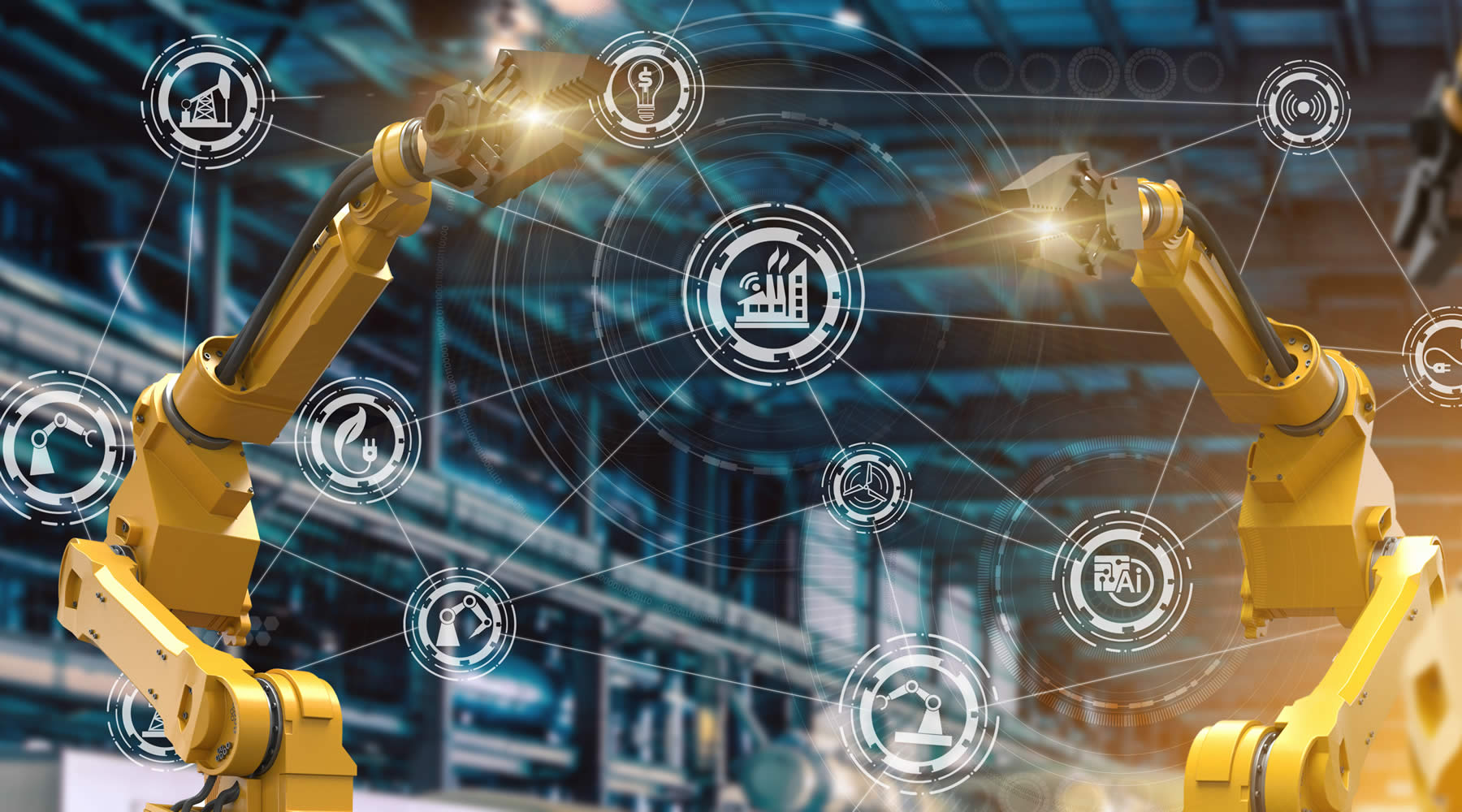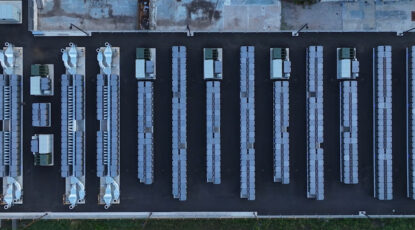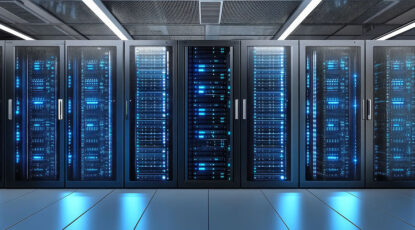I have spent the last three decades in manufacturing, with the majority of my time leading operations in the auto industry. In my last position, I ran the largest auto assembly plant in the US. One issue that has stayed consistent throughout my career is power – I spent, and still spend, a lot of time thinking about power.
Power costs were certainly a factor, but the reliability and quality of our power supply became of greater importance as we became more reliant on digital systems and sophisticated operational technology.
In my current role, running operations at Bloom Energy, the digitalization of manufacturing has continued at an exponential pace. We have made great strides in operational efficiency, but these technologies demand more power.
Unfortunately, as shop floors have increased their reliance on electric power, beyond maintaining critical and costly production equipment and processes, like paint shops and stamping presses that should not be disrupted by power outages, the machine learning tech revolution has added an even higher power load than existed before. This puts more stress on an aging grid that has struggled to support the traditional load.
Consider this: in 2017, the US grid experienced more than 3,500 outages, up 62% from a decade ago. Worse, the duration of power outages has doubled in recent years, largely as a result of extreme weather events such as wildfires, floods, winter storms, hurricanes and tornadoes.
According to the US Energy Information Administration, the average electric customer now experiences power outages of an average of 7.8 hours, compared with just over 4 hours a few years ago.
I suspect I know what you’re thinking: “I have back-up power for that.”
I had back-up power in all of my prior jobs as well: uninterruptible power supplies, batteries and noisy diesel generators. But the truth is those solutions are expensive and prone to failure, requiring rapid, accurate switching to engage. They are also typically set up to operate for hours at a time, or a day or two at most. And diesel fuel runs out quickly, and is often difficult to get during a crisis.
These days, I’m increasingly asking other heads of manufacturing this question: How confident do you feel in your ability to withstand an eight-hour power outage? How about a two-day outage? Now tell me, what will each one of those hours cost you in lost productivity?
With average outage duration trending towards the length of a manufacturing shift, doesn’t it seem like it’s time to think differently about power reliability?
It Might Be Time to Protect your Manufacturing Operations with a Microgrid
Here’s a surprising fact for you: North America has now deployed more microgrids than any other part of the world and, according to research firm Navigant, manufacturers are leading adopters of the technology.
So what is a microgrid, and why might it makes sense to support your manufacturing operations?
A microgrid is a smaller, on-site version of the centralized electric grid, typically comprised of solar arrays, fuel cells and energy storage solutions. They enable factories and other facilities to operate independently of, or in parallel with, the larger grid.
Many microgrids can operate and switch between grid-connected and grid-islanded modes, but it is their ability to be ‘islanded’ from the main electrical grid which is of compelling value to the manufacturing sector.
When running in ‘island’ mode, microgrids can insulate your operations from grid power failures or power quality fluctuations. They can also offer improved cost predictability and reduced greenhouse gas emissions by drawing power from cleaner energy resources such as solar arrays or fuel cells.
Additionally, because microgrids can be configured to use the grid for back-up, you’ll gain the option to eliminate all of that other expensive back-up power gear.
Protect your manufacturing business from costly power outages.
Who’s Adopting Microgrids Today?
The manufacturing sector is rapidly finding applications for microgrids.
Take II-VI Inc (“two six”), for example. The company is a global leader in engineered materials and optoelectronic components. Facing booming demand for its 3D sensing technology, the company needed to expand manufacturing operations. However, its local electric utility was unable to meet its growing demand for electricity in a reasonable time frame, so the company decided to deploy on-site power in a microgrid at its Warren, New Jersey facility.
While the primary goal of deploying the 2.5 megawatt fuel cell-powered microgrid was to support growth, in the process the company also reduced its annual CO2 emissions by 15 million pounds by displacing dirtier grid power. About 50% of the power generated on the New Jersey grid still comes from combusting fossil fuels.
In Silicon Valley, JSR Micro develops materials for the semiconductor industry using their precision manufacturing operations. In manufacturing operations, even seemingly small power flickers can cause significant impacts. Confronted by increased power outages and reduced grid dependability in California, the company decided to operate independent of the grid by installing their own on-site microgrid.
The microgrid’s 1.1 megawatt of mission critical electric power shields manufacturing, test, and measurement operations from the vulnerabilities of conventional grid transmission and distribution. Beyond improved continuity, the company also expects the microgrid to lead to reduced electricity costs and carbon footprint.
What You Need to Know Before you consider a Microgrid
As the two case studies above show, microgrids can deliver multifaceted benefits. However, there are still important question to consider before you plunge in.
First, what will an outage really cost you? Reviewing data on the frequency and length of outages in your area will help you with that calculation. Then ask how another outage of a typical duration would affect your WIP, your team’s productivity and safety? What would a delay mean for a product launch, customer order or meeting other critical milestones?
Second, you need to prioritize what is most important to protect. There is likely no need to invest in a microgrid to power all of your operations. Microgrids deliver the most value when they protect mission critical capabilities and services, so make sure to eliminate non-essential facilities from your assessment phase.
At the end of the day, an investment in a microgrid is an insurance policy for continued growth, success and innovation. When the power is off, you can lose much more than time and money.
When the power is always on, your business breakthroughs will continue unabated.
Learn how AlwaysON Microgrids can serve your manufacturing facility.
This article originally appeared at Manufacturing.net.



